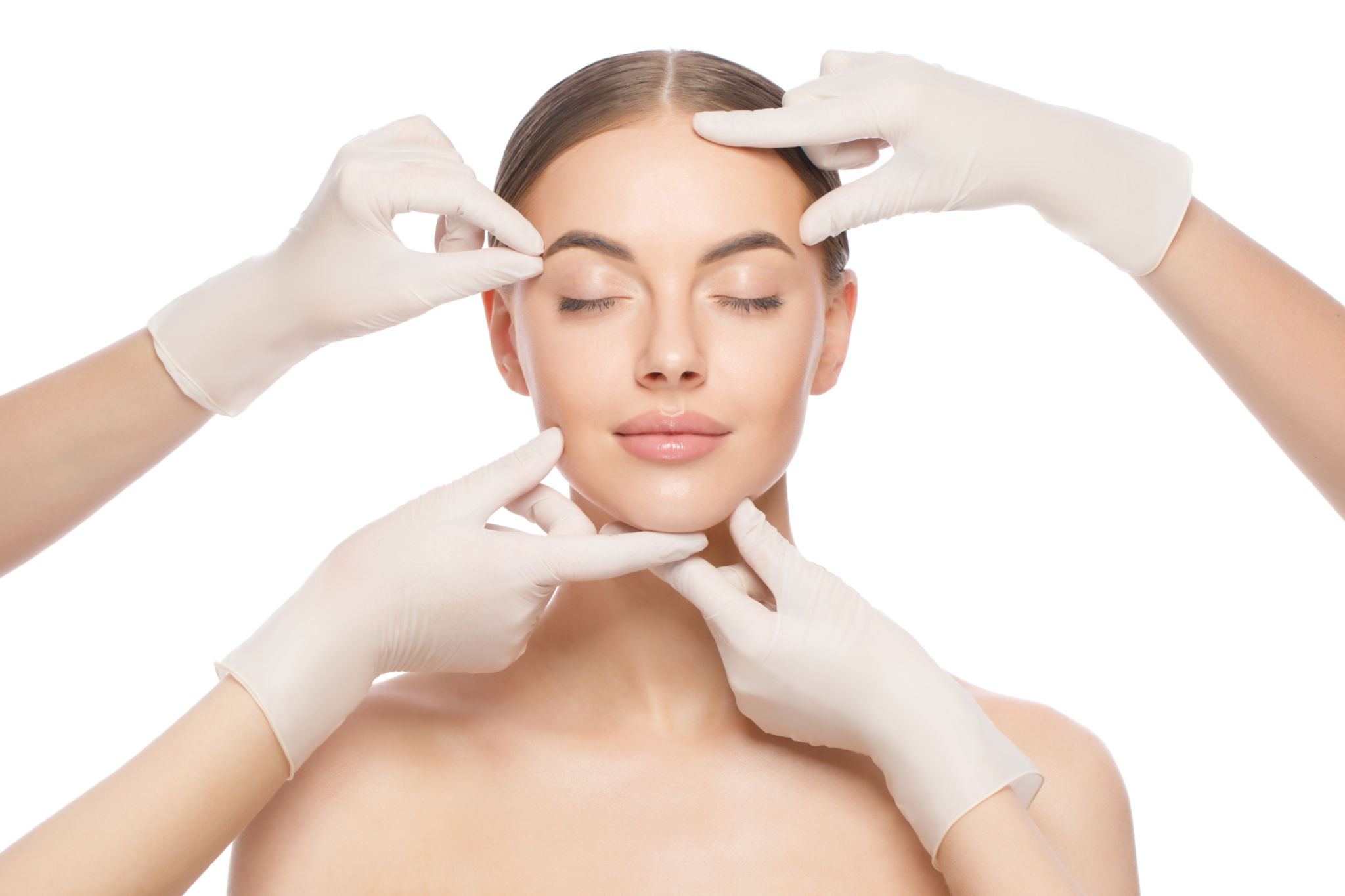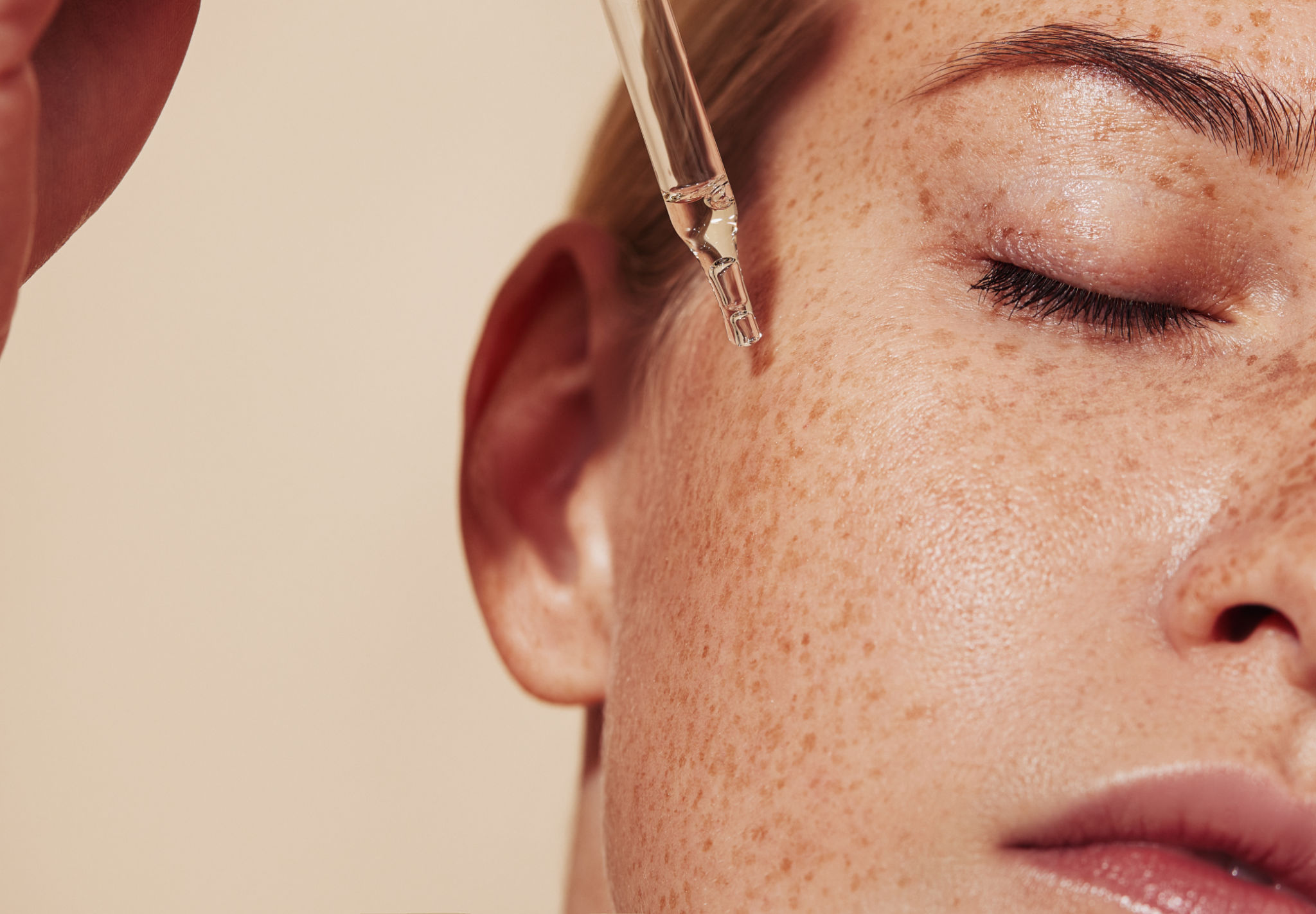Debunking Common Myths About Medical Aesthetic Devices
pe
Understanding Medical Aesthetic Devices
Medical aesthetic devices have become increasingly popular in recent years, offering a range of treatments that can enhance one's appearance without the need for invasive surgery. However, with their rise in popularity, several myths and misconceptions have also emerged. This blog aims to debunk some of these common myths and provide clarity on what these devices can truly offer.

Myth 1: Medical Aesthetic Devices Are Unsafe
One of the most pervasive myths is that medical aesthetic devices are unsafe. In reality, these devices undergo rigorous testing and are often approved by health authorities such as the FDA. When used by trained professionals, they are generally safe and effective. It's crucial to ensure that the practitioner is certified and experienced to minimize any risk.
Furthermore, the technology behind these devices is constantly evolving, with manufacturers investing heavily in research and development to improve safety and efficacy. This means that newer generations of devices often come with enhanced safety features.
Myth 2: Results Are Instant and Permanent
Another common misconception is that results from medical aesthetic devices are instant and permanent. While some treatments can provide immediate results, others may require multiple sessions to achieve the desired outcome. Additionally, factors such as individual skin type, lifestyle, and adherence to aftercare instructions can affect the results.

It's also important to understand that most results are not permanent. Maintenance sessions may be required to sustain the effects, particularly for treatments such as laser hair removal or skin tightening. A thorough consultation with a qualified provider can set realistic expectations.
Myth 3: They Are Only for Women
The belief that medical aesthetic treatments are exclusively for women is outdated. More men are now seeking these treatments for various reasons, including hair removal, wrinkle reduction, and skin rejuvenation. The stigma surrounding male aesthetic treatments is diminishing as societal norms evolve.

In fact, some clinics offer specialized services tailored for men, recognizing that their skin concerns may differ from those of women. This shift indicates a broader acceptance and understanding of self-care across genders.
Myth 4: All Treatments Are Painful
Many people worry that undergoing treatment with medical aesthetic devices will be painful. While some procedures can cause discomfort, advancements in technology have significantly minimized pain levels. Many devices now incorporate features such as cooling systems or numbing options to enhance patient comfort.
Discussing pain management options with your practitioner beforehand can help alleviate concerns. Understanding what to expect during and after the procedure can also contribute to a more comfortable experience.

Conclusion
Medical aesthetic devices offer a variety of benefits and can be an excellent option for those looking to enhance their appearance. By debunking these common myths, we hope to provide a clearer understanding of what these treatments entail. Always seek advice from reputable professionals and ensure that your chosen clinic adheres to the highest standards of care.